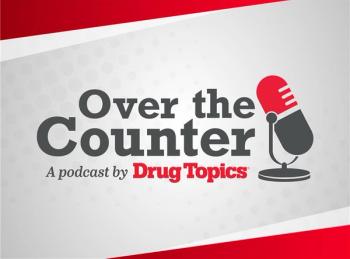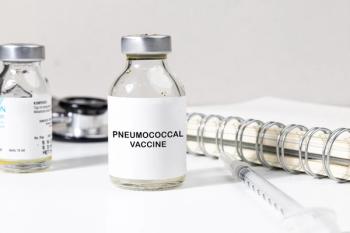
- Drug Topics August 2018
- Volume 162
- Issue 8
What Bartenders and Pharmacists Have in Common
Turns out running a bar shares many similarities with running a pharmacy-but the mistakes cost a lot more.
I’ve been thinking about mulligans and cocktails-drink cocktails mixed, shaken, stirred, poured, and drug “cocktails” admixed and compounded in hospital pharmacy cleanrooms.
Watching a bartender in the Cayman Islands exercise his craft, I asked, “How do you ensure combining the right amount of each ingredient? Do you ever make mistakes?” To which he replied, “All the time.”
I asked about direct pours, the durations of which seem to be calculated by muscle memory and mental counts. “After a while, you just know,” he said, while adding splashes and pinches of this and that to his concoctions.
As for quality assurance, he explained the “straw test,” where mixologists verify that they haven’t forgotten anything nor added too much or too little of any ingredient by tasting a tiny sample of the drink on the end of a straw.
The Other Kind of Cocktails
It’s easy to see why IV medications, prescribed by physicians, prepared in pharmacy clean rooms, and administered by nurses to patients, are sometimes referred to as “cocktails.” It’s also easy to see why it’s so much more important to get the recipe right in medicine. A poorly mixed cocktail can leave a bad taste in your mouth, a
Of course, no one would intentionally combine the wrong ingredients or incorrect volumes. However, even the best trained, most conscientious, and least distracted preparers make mistakes.
The best observational study to date, reveals that just over 9% of preparations involve one or more errors. The most frequent have to do with incorrect volumes, followed by wrong ingredients.
Hats off to those hospitals that have the courage to admit their pharmacies are vulnerable. Kudos to those who have implemented technologies proven to prevent or intercept mishaps.
Work Flow Technology
Rather than handing technicians a stack of printed medication orders or worse, preprinted labels,
I argue that every hospital should provide its pharmacy technicians with work flow software that incorporates product- and volume-verification features-making it easier for them to get orders right and harder to get them wrong.
In the Caymans, I ordered a snappy ginger-infused lemonade with soda water and a sprig of mint. My first sip revealed the frosted glass contained wrong amounts of the right ingredients, which could have been caught by the bartender with a straw test. I gave the guy a mulligan and he got things right on the second try.
No harm. No foul. Plus a complementary drink.
Mark Neuenschwander is president of The Neuenschwander Company, which provides services to promote development and deployment of medication use technology. He is a member of the Editorial Advisory Board for Drug Topics.
References:
1. Flynn EA, Pearson RE, Baker KN. Am J Health Syst Pharm. 1997; 54[8]:904-912
Articles in this issue
over 7 years ago
The 4 Policy Changes Hitting Pharmaciesover 7 years ago
The 5 Challenges Pharmacies Faceover 7 years ago
FDA-Mandated Biosimilar Names Are Confusingover 7 years ago
Opioid Limits, CVS Tackles Drug Prices, and More Pharmacy Newsover 7 years ago
Virtual Staff in Community Pharmaciesover 7 years ago
How Pharmacists Can Tackle the Leading Cause of Deathover 7 years ago
Pharmacy Students Aren’t Ready for the Real WorldNewsletter
Pharmacy practice is always changing. Stay ahead of the curve with the Drug Topics newsletter and get the latest drug information, industry trends, and patient care tips.















































































































